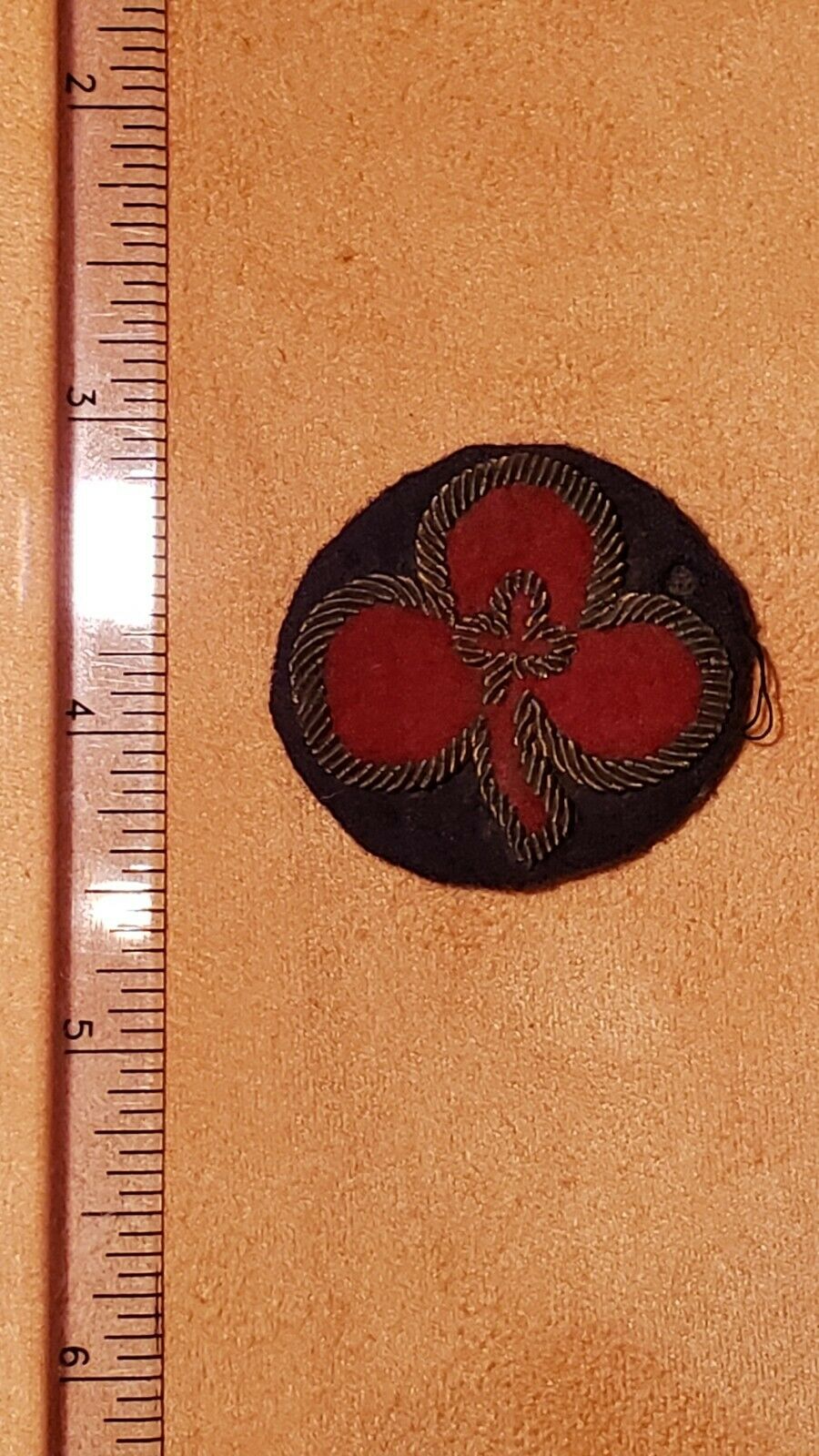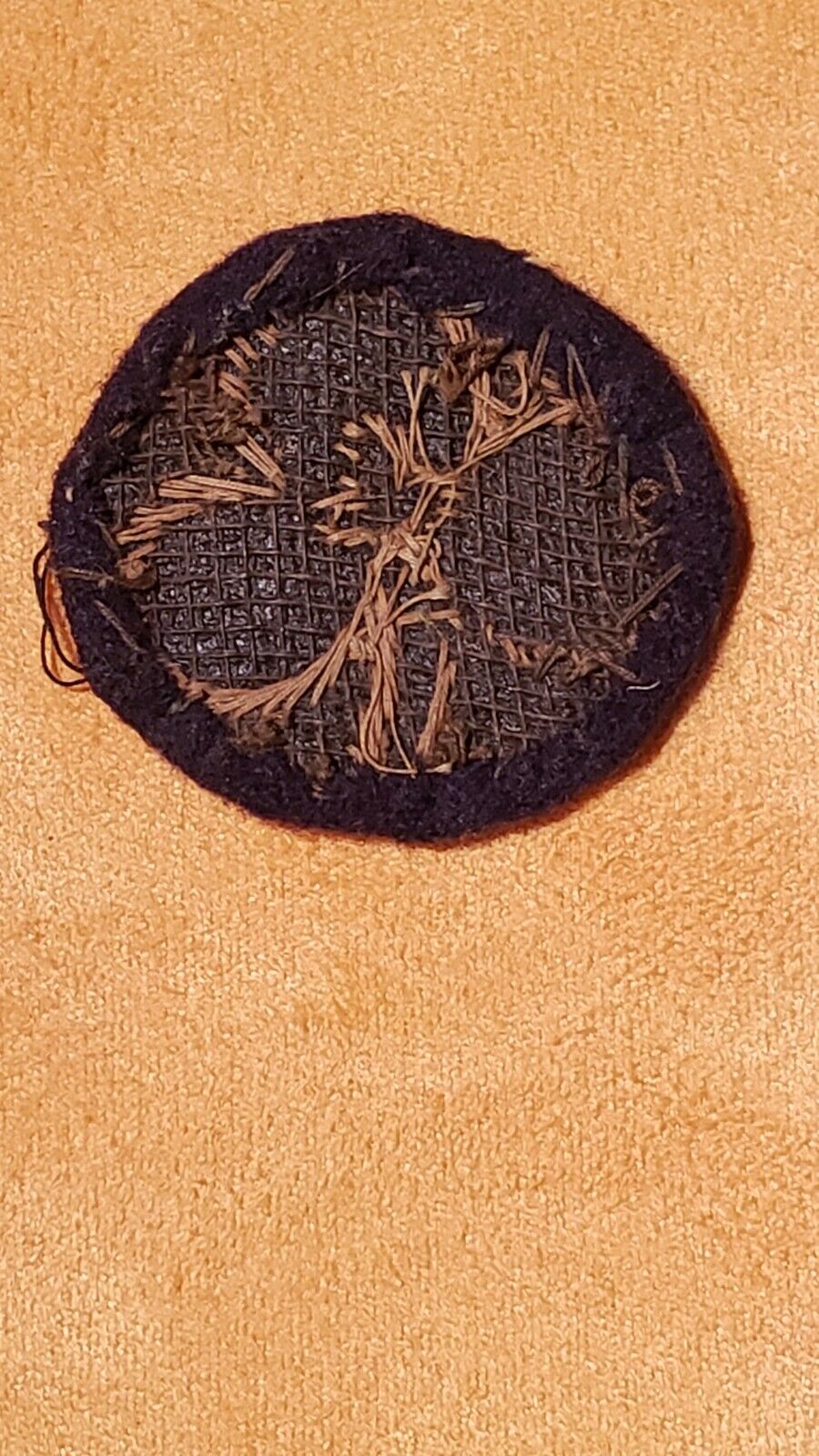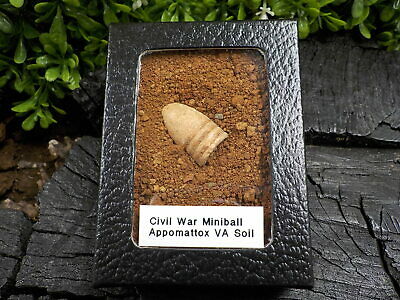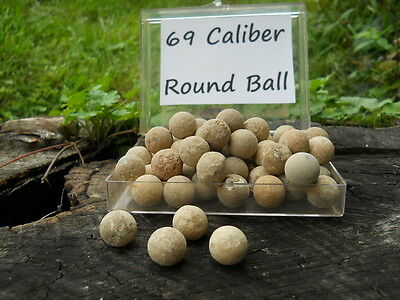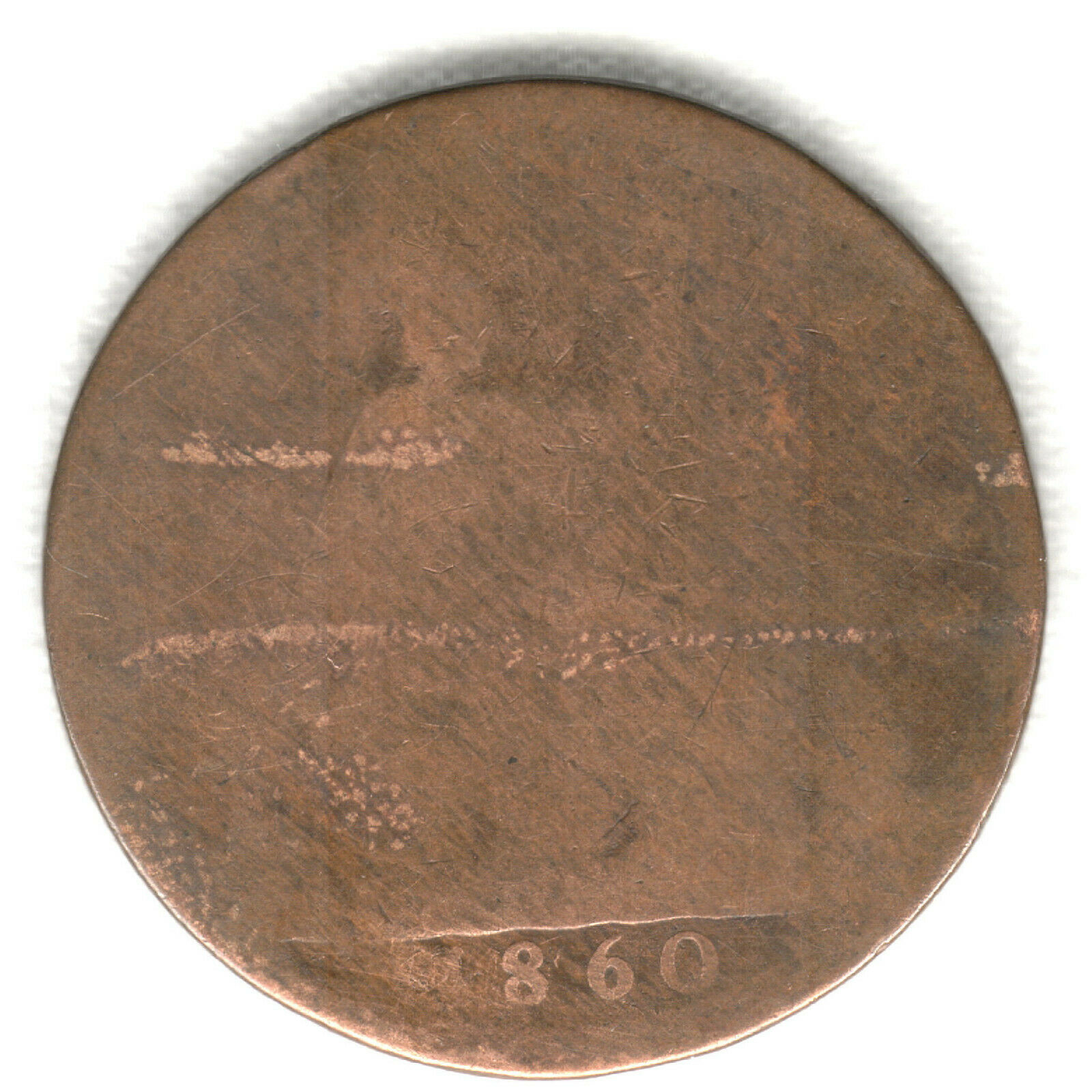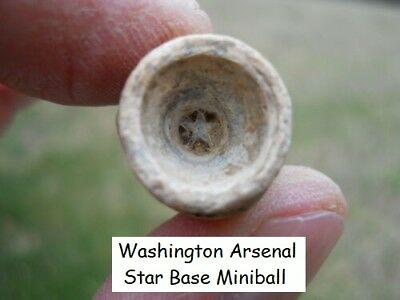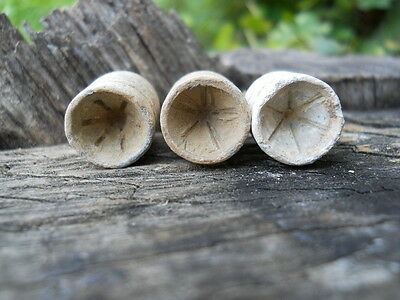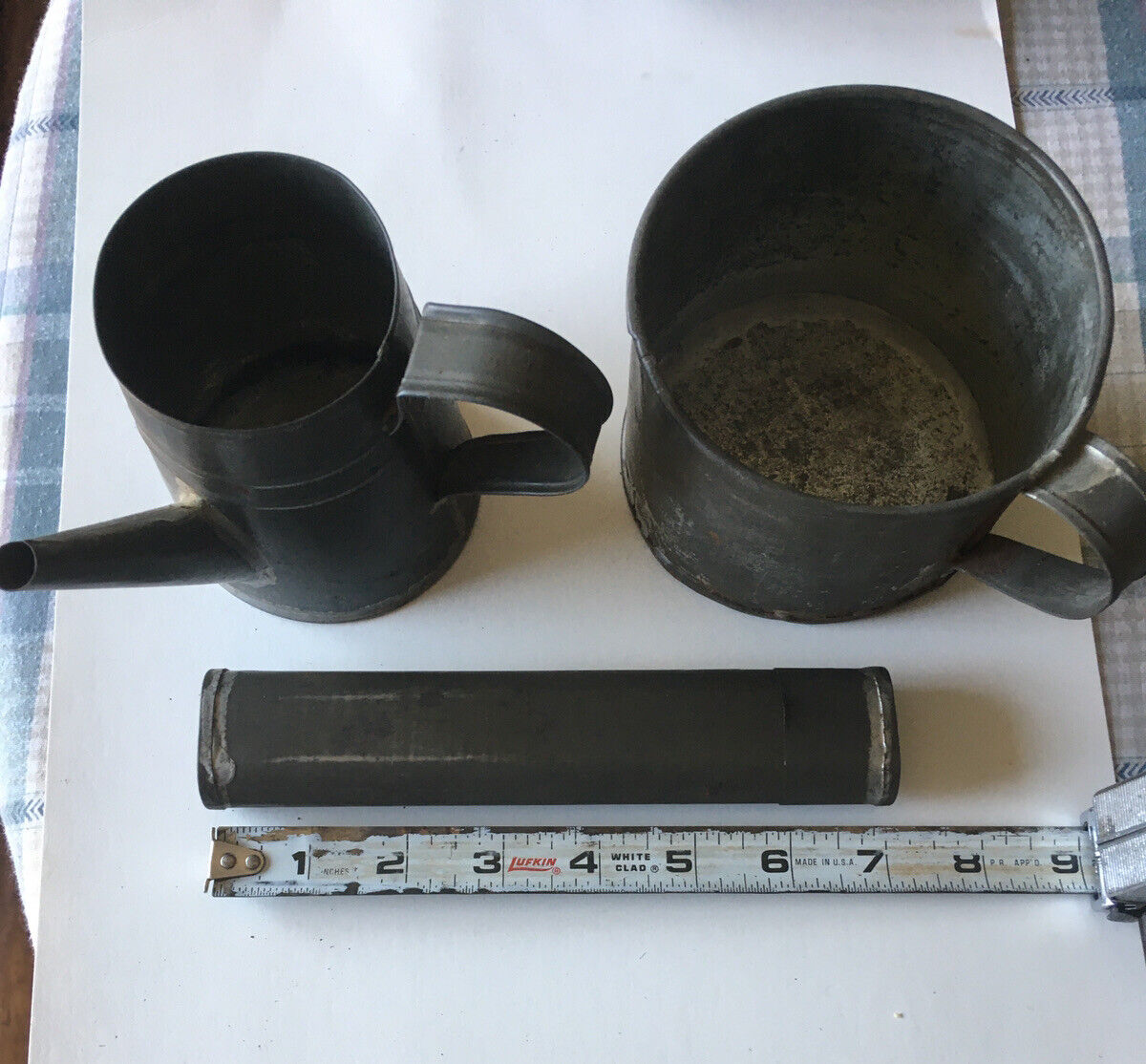-40%
Investment Grade Civil War 2nd Corps Badge 1st Division Irish Brigade double tri
$ 303.59
- Description
- Size Guide
Description
Original 2nd Corps Badge, 1st Division (which included the famous Irish Brigade), Officer grade.Approximately 1.5" height and width, double-trimmed with brass wire, affixed to disc insignia backing, original and authentic filled mesh backing. This is period high-grade construction, acquired from an extensive collection of very high grade museum-quality Corps Badges. It is extremely rare to find original, authentic, sewn Corps Badges. although they were the most common at the time of the Civil War, their deterioration rate was extreme, and their consequential survival rate is minimal.
The most famous, desirable, and known as the fighting-est Corps in the Union Army, "the 2nd Corps was prominent by reason of its longer and continuous service, larger organization, hardest fighting, and greatest number of casualties. Within its ranks was the regiment which sustained the largest percentage of loss in any one action; also, the regiment which sustained the greatest numerical loss in any one action; also, the regiment which sustained the greatest numerical loss during its term of service; while, of the one hundred regiments in the Union Army which lost the most men in battle, thirty-five of them belonged to the 2nd Corps."
(Fox's "Regimental Losses" chapter VIII; by way of CivilWarHome dot com/2ndCorps)
At the time of Gettysburg, the 2nd Corps was commanded by arguably the best General in the Union Army, General Winfield Scott Hancock, and held the Union center which received and repelled the onslaught of Pickett's Charge at Gettysburg. Other prominent Generals who commanded the 2nd Corps during the Civil War include Edwin Sumner, John Sedgewick, Darius Couch, Oliver Howard, John Gibbon, Gouverneur Warren, John Caldwell, David Birney, Andrew Humphreys, and Francis Barlow. The 2nd Corps fought in every major engagement of the Army of the Potomac:
Battle of Seven Pines, Seven Days Battles, 2nd Bull Run, Antietam, Fredericksburg, Chancellorsville, Bristoe Station, Mine Run, The Wilderness, Spotslyvania Courthouse, North Anna River, Cold Harbor, Petersburg, Ream's Station, Boydton Plank Road, Farmville.
Recent scholarship notes the quality not just of II Corps' leadership but its individual soldiers, addressing both individual bravery and deep commitment to the Union as depicted in letters and diaries. In spite of homesickness and coming from Democratic homes and ethnic communities which did not favor expanding war aims to
emancipation
, soldiers of II Corps saw the fighting through, re-enlisting in 1863-4 and voting overwhelmingly for
Abraham Lincoln
in 1864. Pride in unit featured prominently in post-war reunions, and on the 50th anniversary of Gettysburg Speaker of the House
Champ Clark
from Missouri referred to soldiers of II Corps as "those unconquerable boys in blue". Unit cohesion ultimately overcame racial antipathies, frustrations and hatreds according to this analysis. (
military wikia org/wiki/II_Corps_(Union_Army))
Corps Badges were the traditionally believed to have been introduce in concept by General Joseph Hooker, as an organization assistance and morale booster in the Army of the Potomac. They quickly caught on throughout all the Union Armies. Corps Badges were made by many manufacturers, some in high quantities, some in lower quantities, and were also made of various material and levels of quality. Most enlisted men wore a basic fabric patch in the shape of their Corps symbol, sewn on to the crown of their Kepi. Most officers wore embellished embroidered fabric versions of significantly higher quality and appeal. Metal Corps Badges were also made available from the above mentioned manufacturers to the troops in the field through the Sutler stores, where enlisted men and officers alike could purchase these upgraded versions over the fabric versions. Still others ordered engraved Corps Badges, which command a significant premium.
I have been collecting and dealing primarily in American Civil War edged weapons, firearms and militaria for over 30 years. I frequently travel to specialized and general trade shows, conventions, auctions, and private sales and viewings all over the country, and maintain a network of the most reputable collectors and dealers in the community, and limit all my acquisitions to this network. My objective is to both collect for myself, and to bring to you only truly authentic, investment grade military collectables. The idea came to me as I frequently run across high quality items at wholesale prices, and rather than pass them up because they are not what I personally am looking for, I enjoy picking them up and making them available to this broader audience that would like to diversify investing into a field that is also enjoyable to collect, rich in history, and interesting to display.

